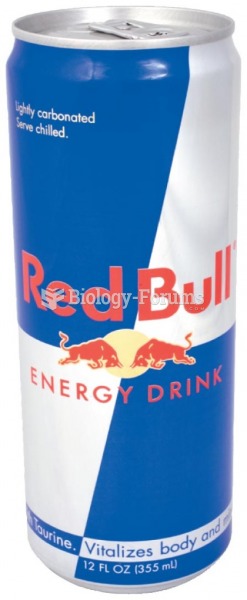Answer to Question 1
A diet high in saturated fat and trans fatty acids contributes to high blood LDL cholesterol, whereas reducing those fats in the diet lowers blood LDL cholesterol and may reduce the risk of CVD. Wherever in the world populations consume diets high in saturated fat and low in fish, fruits, vegetables, nuts, and whole grains, blood cholesterol is high, and heart disease takes a toll on health and life. Conversely, wherever dietary fats are mostly unsaturated and where fish, fruits, vegetables, nuts, and whole grains are abundant, blood cholesterol and rates of heart disease are low. A diet too high in refined starches and added sugars has the potential to worsen heart disease risk by elevating blood triglycerides and inflammatory markers and by reducing HDL cholesterol. People with elevated triglycerides may find that replacing refined starches and sugars with whole grains, legumes, or vegetables helps to improve blood lipids. Fish oils, rich in omega-3 polyunsaturated fatty acids, may reduce inflammation, lower triglycerides, prevent blood clots, and produce other effects that may reduce the risk of sudden death associated with both heart disease and stroke. For these reasons, the American Heart Association recommends two meals of fish per week. People diagnosed with heart disease may require more than this amount, preferably from additional servings of fatty fish.
Answer to Question 2
Several diet-related risk factors for CVDlow blood HDL cholesterol, high blood triglycerides, high blood pressure, elevated fasting blood glucose (insulin resistance), and central obesitycomprise a cluster of health risks known as metabolic syndrome. Metabolic syndrome underlies several chronic diseases and increases the risk of CVD and type 2 diabetes. The precise cause of metabolic syndrome is not known, but central obesity and insulin resistance are thought to be primary factors in its development. Metabolic syndrome, like the chronic diseases associated with it, involves inflammation and elevates the risk for thrombosis. Even obesity alone, especially central obesity, raises LDL cholesterol, lowers HDL cholesterol, raises blood pressure, and promotes insulin resistance. The opposite also holds true: weight loss and physical activity lower LDL, raise HDL, improve insulin sensitivity, and lower blood pressure.







